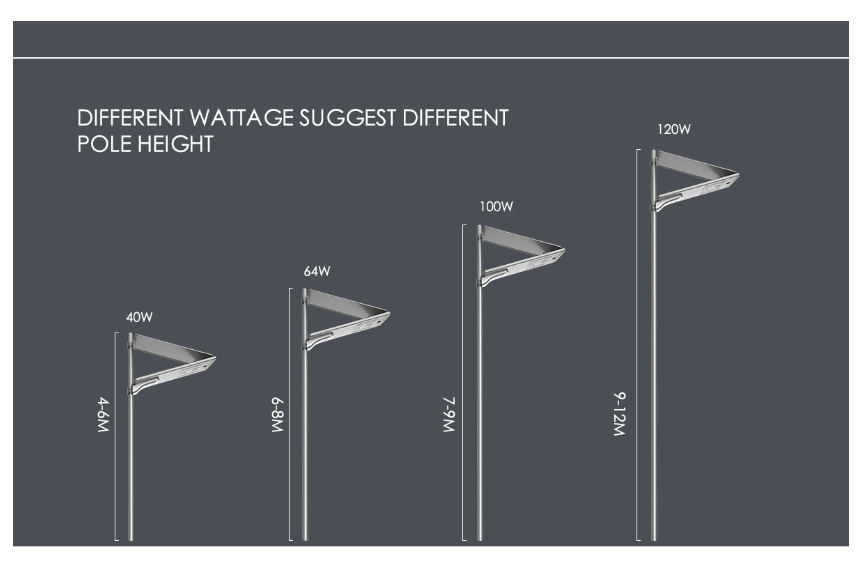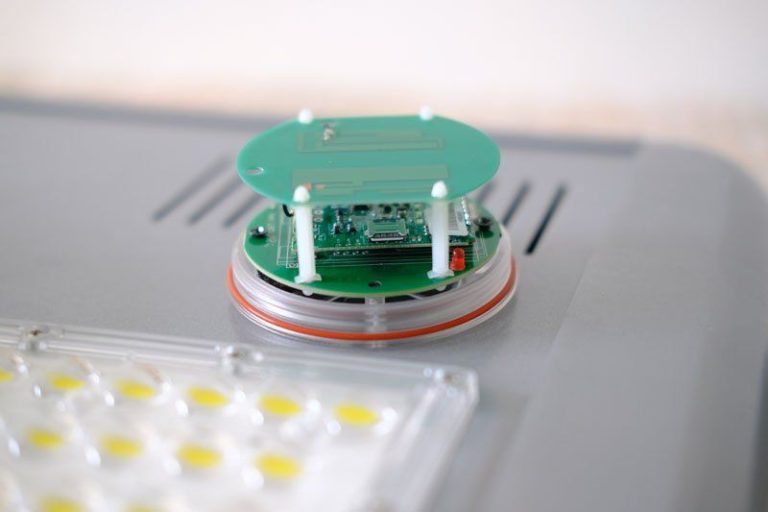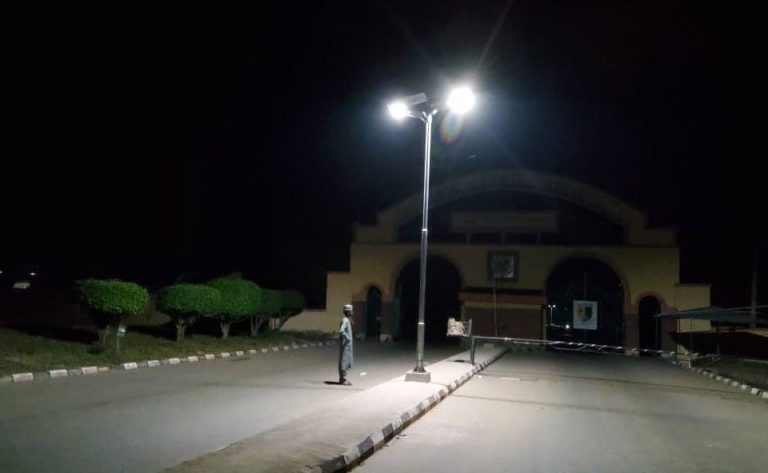Table of Contents
Optimal Placement of Solar Panels for Maximum Efficiency
Designing a solar street light system involves careful consideration of various factors to ensure optimal performance and efficiency. Among these factors, the placement of solar panels plays a critical role in harnessing maximum solar energy.
To achieve maximum efficiency, solar panels must be strategically positioned to receive the maximum amount of sunlight throughout the day. This requires a thorough understanding of the local climate, solar path, and potential obstructions that may cast shadows on the panels.
One key consideration is the orientation of the solar panels. In the northern hemisphere, panels should generally face south to capture the most sunlight, while in the southern hemisphere, a north-facing orientation is preferred. This alignment ensures that the panels receive direct sunlight for the longest duration each day.
However, simply facing panels in the optimal direction may not be sufficient to maximize efficiency. Factors such as tilt angle and shading must also be taken into account. The tilt angle of the panels should be adjusted according to the latitude of the installation site to optimize the angle at which sunlight strikes the panels throughout the year.
Shading can significantly impact the performance of solar panels, as even partial shading can lead to a decrease in energy production. Therefore, it is essential to assess potential shading sources such as nearby buildings, trees, or other structures. Positioning panels away from these obstructions or using shading analysis tools can help minimize shading effects and ensure consistent energy generation.
In addition to avoiding shading, spacing between solar panels is also important to prevent self-shading within the array. Proper spacing ensures that each panel receives adequate sunlight without being overshadowed by neighboring panels.
Furthermore, the height at which solar panels are installed can affect their exposure to sunlight. Mounting panels at an appropriate height, taking into account factors such as surrounding buildings and vegetation, can help maximize sunlight exposure while minimizing the risk of damage or obstruction.
When designing a solar street light system, it is essential to conduct a site assessment to determine the optimal placement of solar panels. This assessment should consider factors such as solar access, shading, orientation, tilt angle, and spacing to maximize energy production and system efficiency.
Advanced tools such as solar irradiance maps and shading analysis software can aid in the design process by providing valuable insights into the solar potential of a given location and identifying potential shading sources.
In conclusion, optimal placement of solar panels is crucial for designing an efficient solar street light system. By considering factors such as orientation, tilt angle, shading, spacing, and mounting height, designers can maximize energy capture and ensure consistent performance over time. Conducting a thorough site assessment and utilizing advanced tools can help achieve the best possible results in solar panel placement and system design.
Integrating Energy Storage Solutions for Consistent Lighting Availability
Designing a solar street light system entails meticulous planning and integration of various components to ensure optimal performance and reliability. One crucial aspect of this design process is the incorporation of energy storage solutions to guarantee consistent lighting availability, especially during periods of low solar energy input or at night. Integrating energy storage solutions effectively enhances the functionality and efficiency of solar street light systems, providing uninterrupted illumination for enhanced safety and visibility in outdoor environments.

At the heart of any solar street light system lies the photovoltaic (PV) panels, which capture sunlight and convert it into electricity. While PV panels are essential for harnessing solar energy, they are inherently dependent on sunlight and unable to generate electricity during nighttime or cloudy weather conditions. This limitation underscores the importance of integrating energy storage solutions such as batteries into the system.
Batteries serve as the primary energy storage medium in solar street light systems, storing excess energy generated during daylight hours for later use when sunlight is unavailable. Lead-acid batteries have traditionally been used in solar applications due to their reliability and cost-effectiveness. However, advancements in battery technology have led to the emergence of lithium-ion batteries, which offer higher energy density, longer lifespan, and improved efficiency compared to their lead-acid counterparts.
When designing a solar street light system, selecting the appropriate battery capacity is crucial to ensuring reliable operation and extended autonomy. The battery capacity should be sized based on factors such as the geographical location, expected solar insolation, lighting requirements, and days of autonomy desired. Additionally, the battery management system (BMS) plays a vital role in optimizing battery performance, preventing overcharging, deep discharging, and ensuring balanced cell voltages.
Incorporating a charge controller into the solar street light system is essential for regulating the charging and discharging of the batteries, thereby maximizing their lifespan and efficiency. The charge controller monitors the voltage and current from the PV panels and regulates the charging process to prevent overcharging and damage to the batteries. Furthermore, advanced charge controllers may incorporate features such as maximum power point tracking (MPPT) to optimize the energy harvesting from the solar panels.
In addition to batteries, capacitors can also be employed as supplementary energy storage devices in solar street light systems. Capacitors offer fast charging and discharging capabilities, making them ideal for providing short bursts of power when needed, such as during periods of high demand or sudden fluctuations in energy output.
Furthermore, integrating energy-efficient LED luminaires into the solar street light system can help minimize energy consumption and extend the runtime of the system. LED technology offers superior lighting performance, longevity, and reduced maintenance requirements compared to traditional lighting sources such as incandescent or fluorescent bulbs.
In conclusion, integrating energy storage solutions is essential for designing efficient and reliable solar street light systems. By incorporating batteries, capacitors, and advanced control electronics, designers can optimize energy utilization, enhance system autonomy, and ensure consistent lighting availability even in challenging environmental conditions. As the demand for sustainable outdoor lighting solutions continues to rise, leveraging energy storage technologies will play a pivotal role in shaping the future of solar street lighting.






